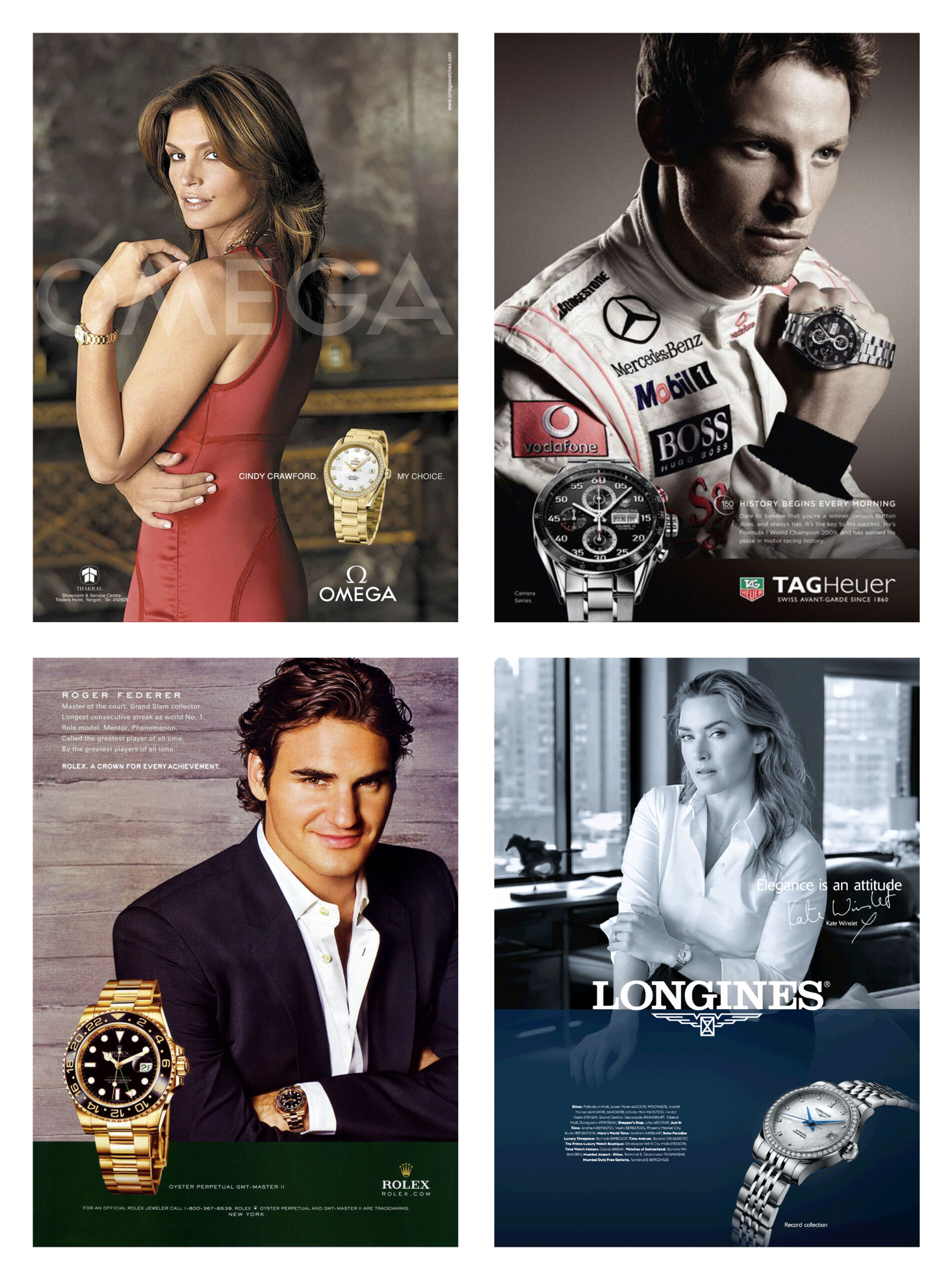Luxury & Lifestyle Marketing
watch this space.There was a time when what clients craved more than anything else was advertising that would make their brand famous.
Unaided awareness was the first metric on every tracker because saliency was the fix that every marketing director wanted but with so much ad-spend now directed at digital platforms, a different sort of addiction has taken hold: before, during and after each campaign a mountain of data is scrutinised in migraine-inducing detail to prove that the advertising worked.
But what do we mean by “worked”?
This depends on what you set out to achieve. People may have seen your ad or clicked on your website, but did anything change? Do they feel any differently about your brand? Are they more likely to buy it, or recommend it? Counting clicks or video views can’t provide the answer to these questions.
The problem is that there is a tendency is to focus on what’s easily reportable and overlook what’s actually rather more important, and whilst it’s entirely possible to build a successful brand using online media, it’s the default setting of media planners and digital networks to optimise campaigns for ultimate efficiency – which means that if you are not careful you end up speaking to the same people all of the time.
That’s fine for some brands, but not for others. In fact, some of the world’s biggest advertisers have recently acknowledged that they have become too narrow in their targeting.
It hasn’t been fashionable to talk in these terms for a while but the luxury sector has always understood this and that aspirational brands must always be looking ahead. Unless you use broadcast media you’ll never reach a wider audience that enables you to make new conquests. Hence, traditional media still plays a major role in the marketing of high-end products.
Nevertheless, when it comes to execution the sector could do with an injection of fresh thinking.
